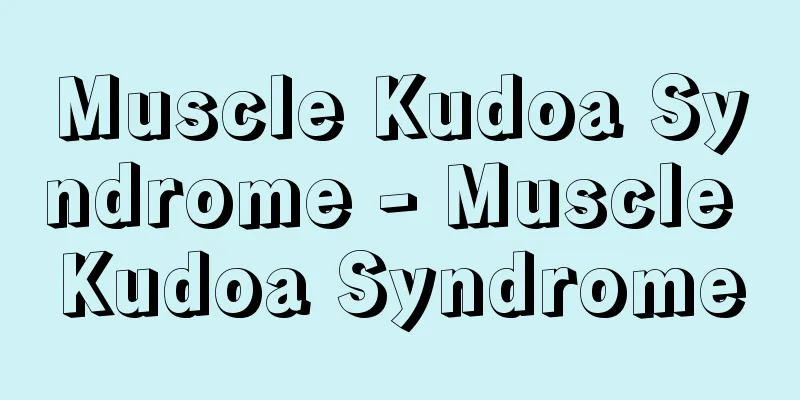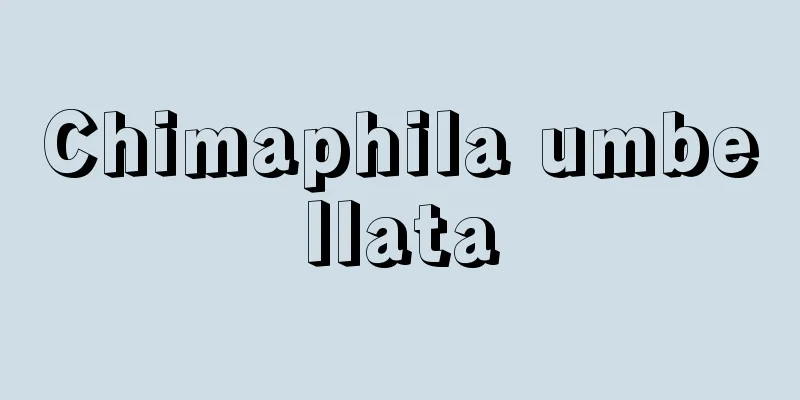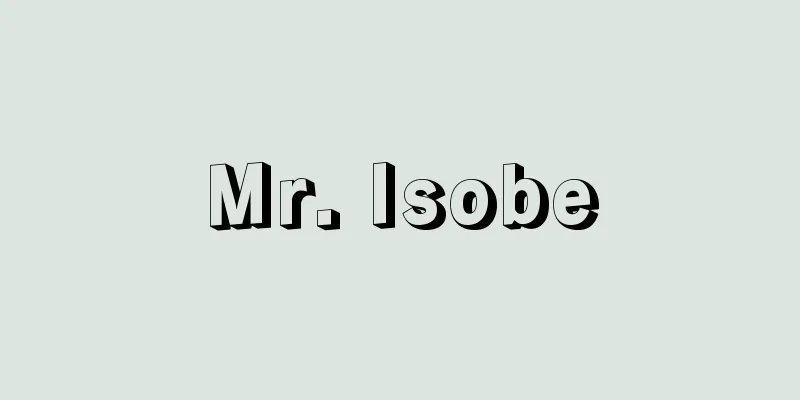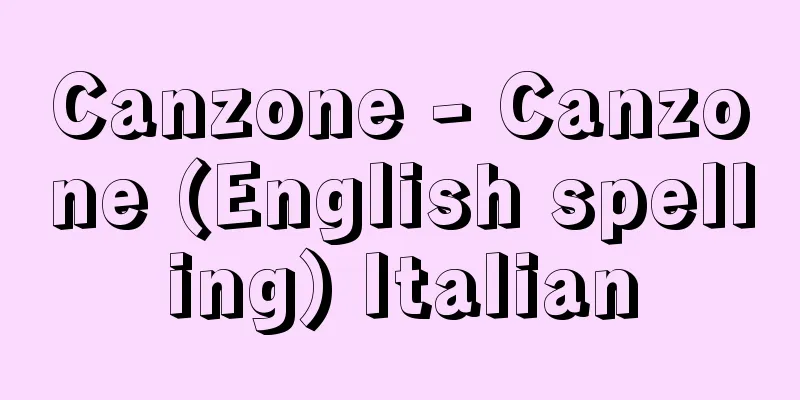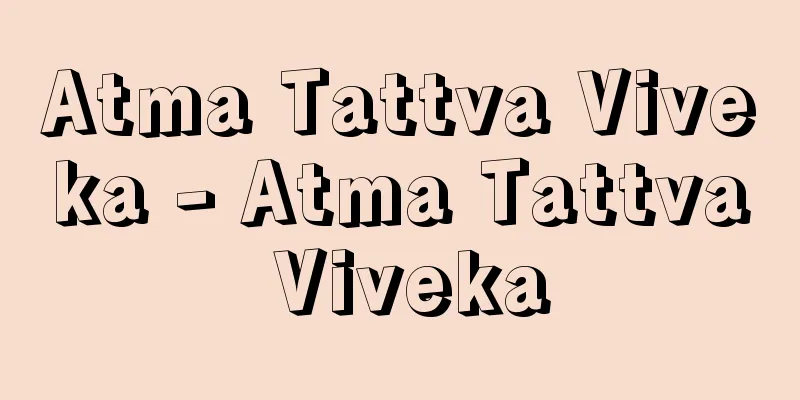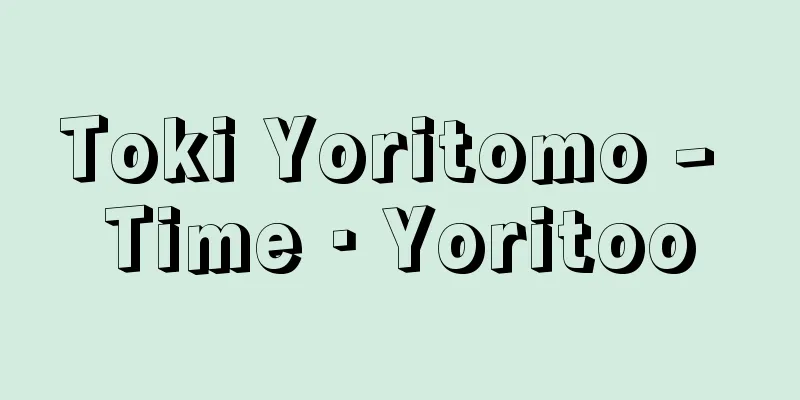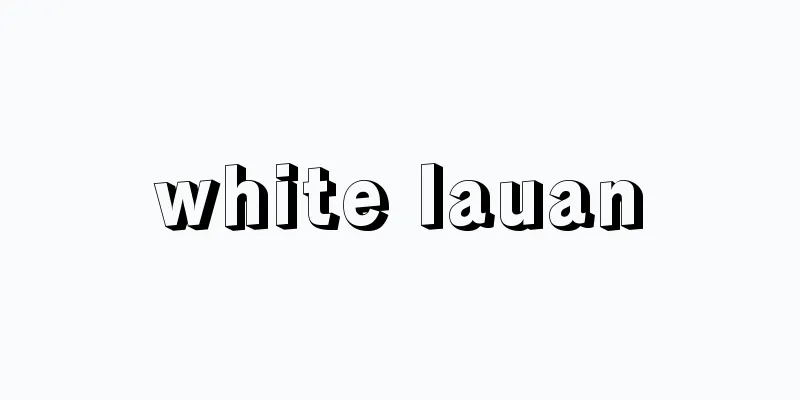Medium-sized
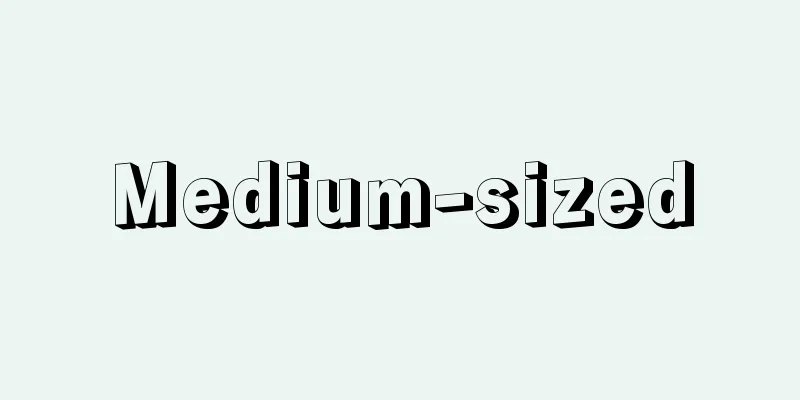
|
Nakagata originally meant a medium-sized pattern, but at some point it came to be used to refer to all cotton yukata that are stencil-dyed, regardless of the size of the design. The original Nakagata dyeing technique was to attach the fabric to a long board, stencil-dye it from one end, then stencil-dye the back of the fabric to match the pattern on the front, and finish by immersing it in an indigo vat, which is called Nagaita Nakagata. Nagaita Nakagata is so labor-intensive that in the middle of the Meiji period, Osaka came up with the idea of using the tenugui dyeing method for yukata dyeing. The fabric is folded to the width of a tenugui and stencil-dyed, and the dye is poured over it to dye it. This method is more efficient than Nagaita Nakagata, and today it is used in almost all cases, except for special, intricate designs. In comparison with the Nagaita Chugata method, which involves pasting fabric onto a long board, it is also called Tenugui Chugata because it is a variation of tenugui dyeing, or Chusen because the dye is poured into it. In addition to the above, there is a method of Nakagata dyeing called "Kago-tsuke" in which a pattern is carved into two cylinders, glue is poured into the cylinders, and the fabric is passed between the two cylinders to imprint both sides of the fabric in one go, then the fabric is finished by immersion dyeing. It is called Kago-tsuke because the cylinders into which the pattern is carved resemble baskets. Nakagata yukata are characterized by their clean dyeing in navy blue and white, but there are yukata with a white base where the pattern is dyed, and yukata with a base dyed in indigo where the pattern is dyed in white. The yukata with the dyed base are worn during the day, and the yukata with the white base where it is dyed, and are worn during the night. [Nobuhiko Sugihara] (1) Paste application (front): The fabric is stretched over a long board that has been applied with paste. A stencil is placed on one end of the fabric, and a paste made from glutinous rice is applied by scraping it with a spatula. The paste on the front side contains a red pigment called "shiko." (2) Paste application (back): Once the front side is applied, it is dried, then turned over and a stencil is applied to the back side. Paste is applied to match the red pattern on the front. The fabric that has been pasted is dried in the sun. (3) Dyeing: One edge of the fabric is put on a stretcher and immersed in an indigo vat and dyed in about three baths. When removed from the indigo vat, each piece is spread out and exposed to the air to oxidize. (4) Washing: The immersed and dried pieces are washed in water to remove the paste. (5) Drying: After washing in water, the pieces are dried in the sun. ©Shogakukan "> Dyeing process for medium-sized long boards Source: Shogakukan Encyclopedia Nipponica About Encyclopedia Nipponica Information | Legend |
|
中形というのは本来中くらいの柄(がら)ゆきという意味であったが、いつのころからか、図柄の大小にかかわらず、型染めになる木綿(もめん)地の浴衣(ゆかた)を総称するようになった。長い板に生地(きじ)を貼(は)り、端から順次型付けし、改めて生地の裏面にも表の型にあわせて型付けし、藍甕(あいがめ)に浸染して仕上げるのが本来の中形の染技で、長板中形とよんでいる。長板中形はこのように手数がかかるので、明治時代のなかばに大阪で手拭(てぬぐい)染めの手法を浴衣染めに行うようくふうされた。生地を手拭幅に折り畳みながら型付けし、染料を注ぎかけて染める。この手法は長板中形に比して作業が能率的で、今日では細緻(さいち)な特殊なものを除いてほとんどこの手法によっている。長板に生地を貼(は)ってする長板中形に比し、手拭染めの転化したことから手拭中形、あるいは染料を注ぎ染めることから注染(ちゅうせん)ともよんでいる。 中形染めには以上のほかに、二つの円筒に模様を彫り、円筒の中に糊(のり)を入れ、二つの円筒の間に生地を通して一挙に生地の両面に型付けし、浸染して仕上げる籠(かご)付けの方法がある。模様を彫った円筒を籠になぞらえての呼称である。中形は紺と白にさっぱりと染め上げられたところにその味があるが、地が白く模様部が染められている地白のものと、地を藍(あい)に染め、模様を白抜きに染め出している地染めの浴衣があり、地染めのものは昼間に、地白のものは夜間着用するという。 [杉原信彦] (1)糊置き(表) 敷糊をつけた長板に生地を張る。その一端から型紙を当て、糯米を主剤とした防染の糊をへらで掻くようにして置いていく。表側の糊には「シコ」という赤い顔料が入っている(2)糊置き(裏) 表側をつけ終わると、乾燥してから、裏返して裏型をつける。表の赤い模様にあわせて糊を置いていく。糊をつけ終えた生地は天日で乾燥する(3)染め 布地の片耳に伸子をかけて、藍甕に浸染して三浴くらいで染め上げる。藍甕より出したとき、一枚ずつ広げて空気に当て酸化させる(4)水洗い 浸染して干したものを水洗いし、糊を落とす(5)乾燥 水洗いののち天日に干す©Shogakukan"> 長板中形の染色工程 出典 小学館 日本大百科全書(ニッポニカ)日本大百科全書(ニッポニカ)について 情報 | 凡例 |
<<: Junior high school - chuugakuko
>>: Chinese Soviet Republic - Chinese Soviet Republic
Recommend
Scenario - Shinario (English) scenario
A movie script or screenplay. It is a word derive...
Ferlin, N.
...Dan Andersson (1888-1920), a representative po...
Aeroflot (English name)
Russia's national airline. Founded in 1932 as ...
Calamostachys
… The stems, leaves, and reproductive organs are ...
Neck Examination - Neck Examination
〘noun〙① The act of confirming whether a slain head...
Kyoto House Sitting - Kyoto House Sitting
…He was responsible for negotiating with merchant...
Bijapur (English spelling)
An ancient city in the north of Karnataka, southwe...
Snare drum (English spelling)
...When only one of the two membranes is struck (...
Conjugate Arc - Kyoyakuko
Two arcs separated by two points on the circumfere...
Vitrinites
…The relationship between maceral groups, maceral...
Shangri-La - Togenkyo
A Chinese fairyland, one of the otherworldly realm...
River-wiping Festival - Kawayoke Festival
…The annual festival is held on April 15th. On th...
Clurman, Harold
Born: September 18, 1901, New York [Died] Septembe...
Mitatee - Mitatee
A witty painting that depicts a well-known classi...
New Law Party - Shinpoto
A political group of bureaucrats formed in the So...


